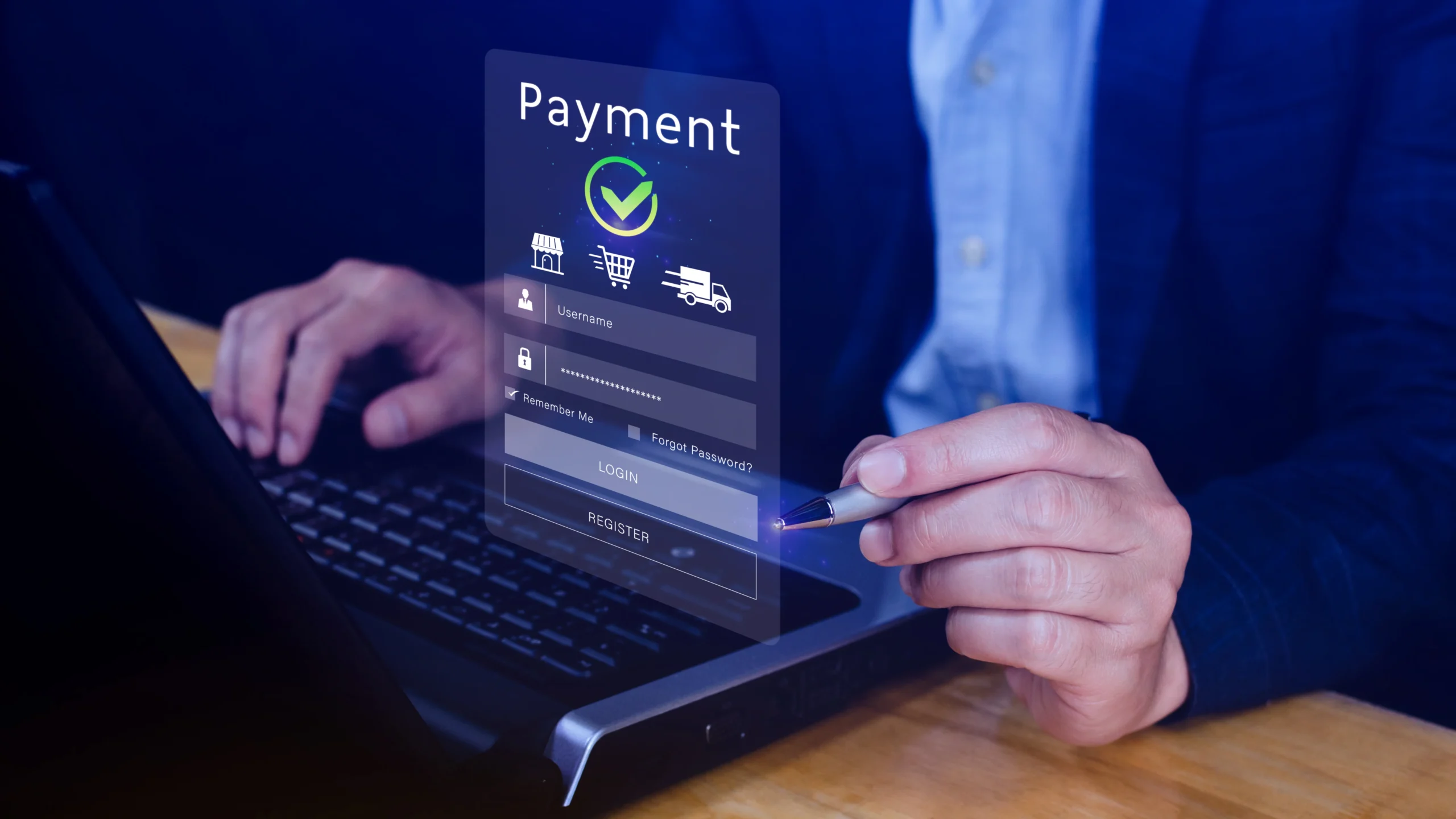-
Products
-
Solutions
-
Resources

The Source-to-Pay process (often shortened to S2P) is the full cycle of procurement activities—from identifying business demand all the way to paying suppliers. It consists of upstream processes (spend analytics, sourcing, and contracting) and downstream processes (procurement execution, invoicing, and payments). Companies that adopt a structured Source-to-Pay cycle gain better cost control, supplier visibility, and efficiency across procurement.
In this guide, we’ll walk through each of the S2P process steps, highlight the benefits of Source-to-Pay, and show how Cherrywork helps enterprises accelerate procurement lifecycle management through automation.
Every Source-to-Pay cycle begins with demand. This step is driven by spend analytics: looking at past expenditures, supplier performance, and budget allocations to determine what is needed, how much is required, and whether existing contracts can fulfill the demand. Departments then raise requests for goods, services, or resources needed for operations. It could be raw materials for production, consulting services, or IT software.
Key considerations at this stage:
By anchoring demand identification in spend analytics, organizations avoid over-purchasing, ensure better budget alignment, and set a more accurate foundation for sourcing and the rest of the digital procurement process.
Once demand is confirmed, sourcing begins. This step is about identifying, evaluating, and shortlisting potential suppliers. The right sourcing strategy balances cost, quality, delivery times, and sustainability.
Some sourcing approaches include:
This is also the first point where Source-to-Pay automation can add value—digital tools speed up supplier discovery and qualification.
With suppliers in play, bids or proposals need to be prepared. Buyers draft requirements, while suppliers submit detailed responses. This step ensures transparency and encourages healthy competition.
Well-prepared bids include:
A structured bidding phase helps organizations secure both value and reliability.
Next comes evaluation. Procurement teams assess bids based on pre-defined criteria like pricing, compliance, and risk factors. The decision-making process should be data-driven rather than instinctive.
Tools like scorecards or weighted models ensure fairness and accountability. This step acts as the bridge between intent and execution.
Once a supplier is chosen, contracts must be drafted and reviewed. This is where terms of delivery, payment schedules, and performance metrics are formalized.
Contract management is critical because it:
A well-managed contract keeps both parties accountable and prevents disputes later in the procurement lifecycle management.
This is the milestone where agreements become binding. Depending on the industry, contracts may require multiple approvals, digital signatures, or even board-level validation.
Digital contract signing platforms are now standard, making the process faster and auditable.
After contracts are signed, the process shifts gears. This is the transition from upstream (strategic sourcing, contracting, and supplier selection) to downstream (day-to-day procurement execution and financial settlement). Demand, sourcing, and negotiation phases conclude, and operational procurement takes over. This transition links the Source-to-Pay process with the day-to-day procure-to-pay cycle.
Think of it as moving from planning into execution.
Now the actual buying begins. Purchase orders (POs) are created, approved, and sent to suppliers. Modern procurement systems automate PO creation, match them against contracts, and ensure budget alignment.
Here, digital procurement process tools cut down on paperwork and prevent “maverick spending.”
Once goods or services are delivered, suppliers send invoices. Accounts payable teams validate these against POs and receipts.
Challenges often arise here—duplicate invoices, manual data entry errors, or mismatched amounts. By using Source-to-Pay automation, businesses can:
This not only accelerates processing but also improves compliance.
The final step is making payments. This involves scheduling disbursements, complying with tax regulations, and ensuring suppliers are paid on time.
Timely payments maintain supplier trust, unlock early-payment discounts, and close the Source-to-Pay cycle efficiently.
Adopting a structured Source-to-Pay process delivers clear advantages:
The advantages of Source-to-Pay automation for businesses extend these benefits further—reducing manual errors, enabling predictive insights, and ensuring scalability.
To maximize success, companies should focus on:
These Source-to-Pay process best practices transform procurement into a strategic driver of value.
Cherrywork’s intelligent procurement applications—built on SAP Business Technology Platform—help organizations modernize the end-to-end Source-to-Pay workflow by:
With Cherrywork, companies gain a connected, digital-first procurement function that drives savings and efficiency.
Q1: What is the Source-to-Pay process?
The Source-to-Pay process is the complete set of procurement activities, from demand identification through supplier sourcing, contracting, purchasing, invoicing, and payment.
Q2: What are the key steps in the Source-to-Pay process?
The S2P process steps include: demand identification, sourcing, bidding, decision making, contract management, contract signing, transition to procure-to-pay, procurement, accounts payable, and payments.
Q3: Why is the Source-to-Pay process important?
It ensures organizations control spend, build stronger supplier relationships, and improve procurement efficiency through standardization and automation.
Q4: How can businesses optimize the Source-to-Pay process?
Adopting Source-to-Pay automation with tools like Cherrywork enables faster approvals, real-time visibility, error-free invoice processing, and scalable procurement lifecycle management.
The Source-to-Pay process is more than just procurement—it’s the backbone of smart business operations. By digitizing and automating every step, companies can not only save costs but also gain agility and control.
Cherrywork ensures that the Source-to-Pay cycle isn’t just efficient, but also future-ready. With a connected, intelligent approach to sourcing, procurement, and payments, procurement leaders can finally focus on strategy—not paperwork.
Would you like to do the same for your organization? If yes, then reach out to us at talk2us@cherrywork.com